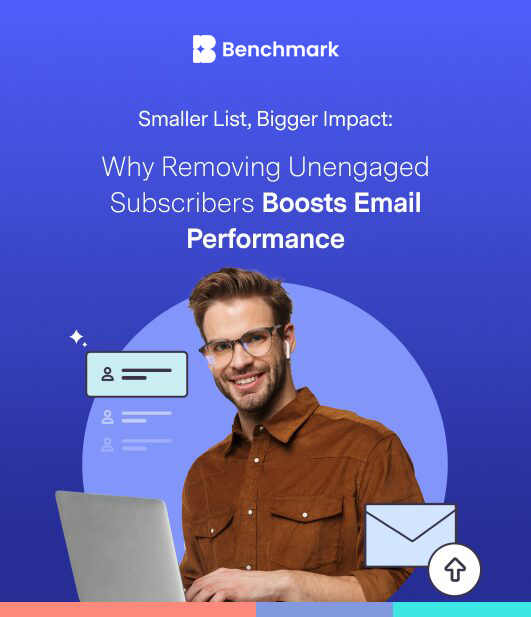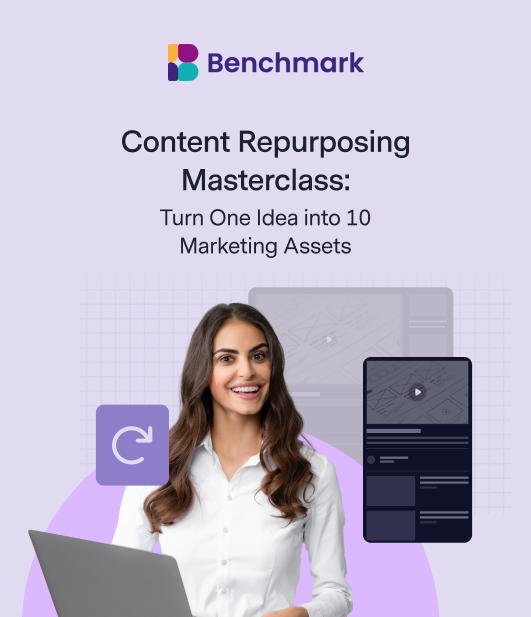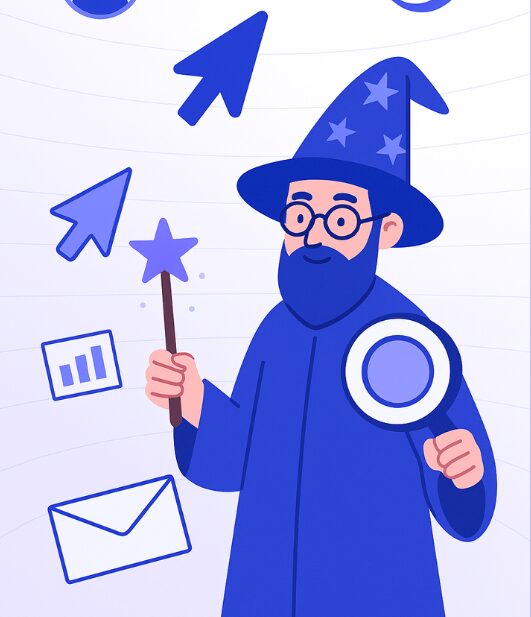The Rise of ‘Inbox Fatigue’ and How Smart Marketers Are Responding
November 19, 2025 4 min read

This article was last updated on 11/19/25.
Here’s what’s happening: your subscribers are drowning in emails. Thirty messages hit them before lunch. Those messages promise discounts, flash sales, and the next big thing. It’s no wonder they’re overwhelmed and barely open half of them.
Welcome to inbox fatigue—the silent killer of email engagement.
For marketers, inbox fatigue is becoming the biggest competitor in 2025—bigger than the newest platform or trend. The real challenge is old-fashioned overload, and it can push your audience to unsubscribe.
Why inbox fatigue happens
When all of these factors collide, even your most loyal subscribers can become numb.
To fight inbox fatigue, we first need to understand what fuels it. A few culprits stand out:
- Email overload: Consumers are receiving more marketing emails than ever before. Even if your message is great, it’s swimming in a sea of sameness.
- Irrelevant messaging: Sending the same blanket message to everyone on your list is a fast track to disengagement.
- Frequency creep: Brands chasing metrics often increase send frequency without considering long-term fatigue.
- Lack of value: If every subject line screams “sale,” subscribers eventually tune out—even if they like your products.
When all of these factors collide, even your most loyal subscribers can become numb.
Sources: [Radicati Email Statistics 2024] [Litmus State of Email 2025]

What inbox fatigue looks like in your metrics
Inbox fatigue isn’t hiding—it shows up loud and clear in your metrics:
- Falling open rates despite consistent subject line testing.
- Click-through stagnation, even when content is optimized.
- Higher unsubscribes after campaigns that used to perform well.
- Spam complaints from subscribers who once engaged.
If you’re seeing these signs, it’s not necessarily that your content is “bad.” Your audience is overloaded.
How smart marketers are responding
The good news? You can beat inbox fatigue. Smart marketers are cutting through the noise by working smarter, not louder. Here’s how to do it.
1. Segmentation: send smarter, not louder
The quickest way to reduce fatigue is to stop blasting your whole list with the same message.
Example: A retail brand might send “50% off sneakers” only to subscribers who’ve browsed or purchased sneakers recently, while sending “summer dress sale” to a different segment.
👉 Why it works: Segmented campaigns feel more personal and relevant. Subscribers get fewer emails overall—but the ones they do get matter to them.

Smaller List, Bigger Impact: Why Removing Unengaged Subscribers Boosts Email Performance
DOWNLOAD NOW2. Personalization that feels genuine
Personalization isn’t just “Hi [First Name].” True personalization means tailoring offers, timing, and tone based on real customer behavior.
- Recommend products based on past purchases.
- Adjust frequency based on engagement levels.
- Send follow-ups triggered by actions (like cart abandonment ).
👉 Why it works: People are far more likely to engage with emails that feel like they were written for them, not just sent at them.
3. The “less-is-more” approach
Here’s the truth: more emails don’t equal more revenue. In fact, they’re killing your results. Savvy marketers are finding that quality over quantity wins in the inbox.
- Instead of sending five sales emails in a week, send one polished campaign with a clear value proposition.
- Experiment with sending fewer but more meaningful newsletters packed with insights or tips (not just promos).
👉 Why it works: Cutting back makes each email feel more intentional—and less like noise.
4. Value-driven content
Subscribers ask themselves a silent question with every subject line: What’s in it for me? If the answer isn’t clear, fatigue sets in quickly.
- Mix in helpful content like how-to guides, industry updates, or customer stories.
- Balance promotions with education and inspiration.
- Share insights your audience can’t get anywhere else.
👉 Why it works: When emails consistently provide value, subscribers are more likely to keep opening—even if their inbox is crowded.

Content Repurposing Masterclass: Turn One Idea into 10 Marketing Assets Webinar
DOWNLOAD NOW5. Testing and listening
Smart marketers don’t just send—they listen. Regularly test subject lines, formats, and send times. More importantly, monitor engagement trends to know when fatigue is creeping in.
- If open rates are dropping, reduce frequency.
- If unsubscribes spike, re-examine your content balance.
- If engagement is healthy, double down on what’s working.
👉 Why it works: Inbox fatigue isn’t static. By listening to your audience, you can stay ahead of the curve.

The Benchmark Email Advantage
Here’s where Benchmark Email makes inbox fatigue easier to fight:
- Segmentation and tagging help you organize your audience and target with precision.
- AI Tools generate smarter subject lines, polish text, and keep your content fresh.
- Reporting helps you identify early signs of fatigue with precise, actionable analytics.
No-BS simplicity means you spend less time wrestling with your tools and more time creating thoughtful campaigns.
Key Takeaways
How often should I email my list to avoid fatigue?
There’s no one-size-fits-all answer, but monitoring results tells you when to dial back or ramp up. Keep an eye on open and click-through rates to spot trends. Engaged subscribers can handle more emails, while a sudden drop signals it’s time to slow down.
- Inbox fatigue is real, and it’s every marketer’s hidden competitor in 2025.
- Signs include falling engagement, unsubscribes, and rising spam complaints.
- Smart marketers fight fatigue with segmentation, personalization, less-is-more messaging, and value-driven content.
- Benchmark Email provides the tools to execute these strategies quickly and simply—because busy marketers don’t have time for clunky solutions.
Bottom line: sending more emails won’t win you customers. Sending the right emails will—ones that are thoughtful, relevant, and respect your subscribers’ time.
Inbox fatigue is real, but you don’t have to lose. With the right strategy and tools that actually work, you can cut through the noise and get results.
Benchmark Recommends
See all articles
How to Make your Marketing Emails More Clickable with Interactive Content
How to Use AI to Write Smarter Emails (Without Losing Your Voice)
Avoid the Naughty List: Holiday Email Mistakes to Skip
A powerfully simple email marketing platform
Sign up for free to see how effortless email marketing can be.
Our Company
Compare
Solutions
Compare
Account
© Polaris Software, LLC 粤ICP备14001834号 Benchmark Email® is a registered trademark of Polaris Software, LLC
© Polaris Software, LLC 粤ICP备14001834号
Benchmark Email® is a registered trademark of Polaris Software, LLC



